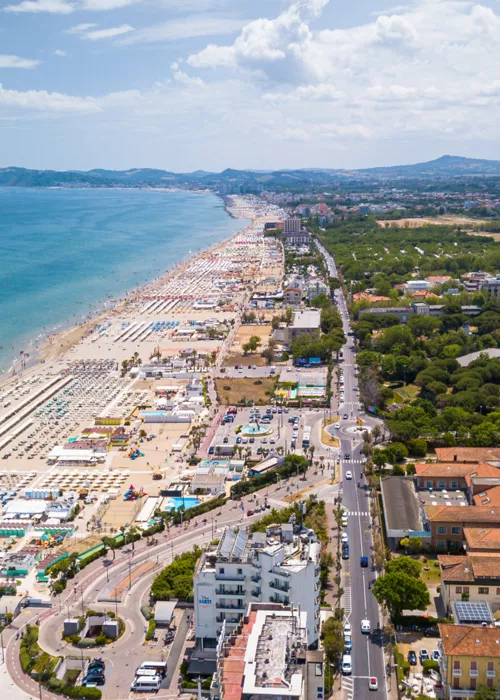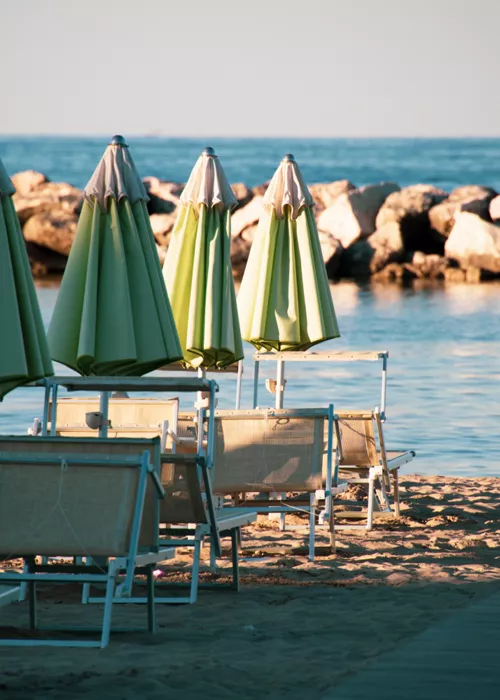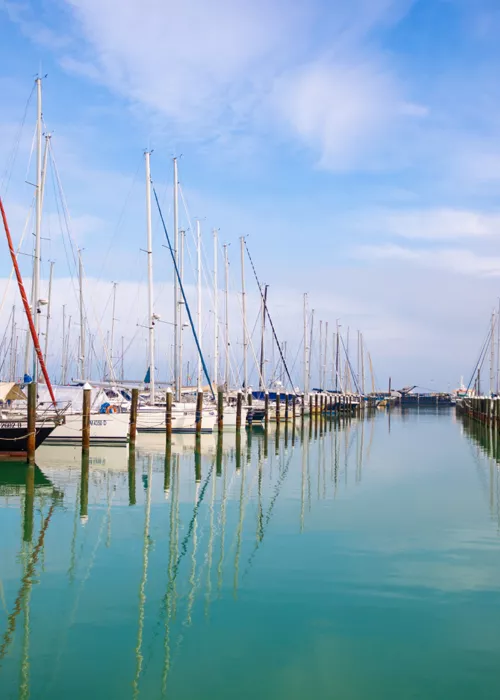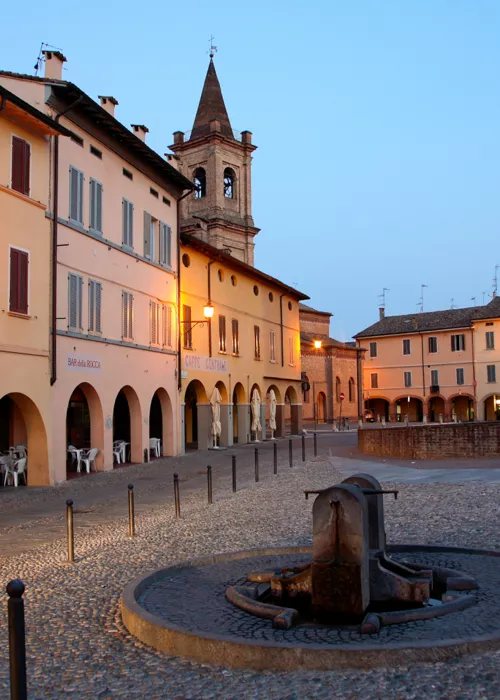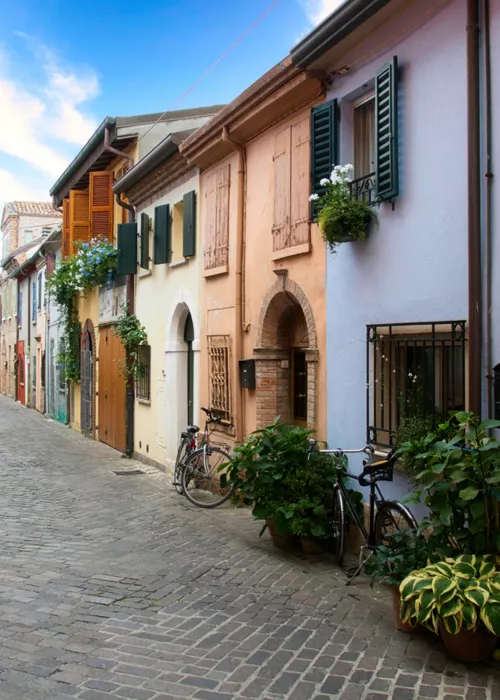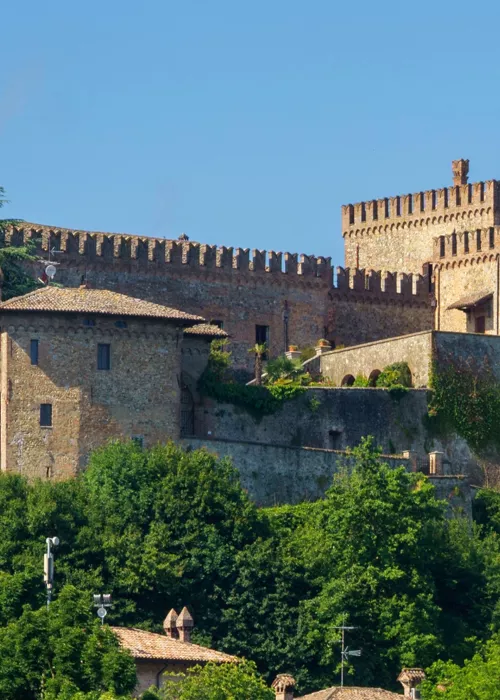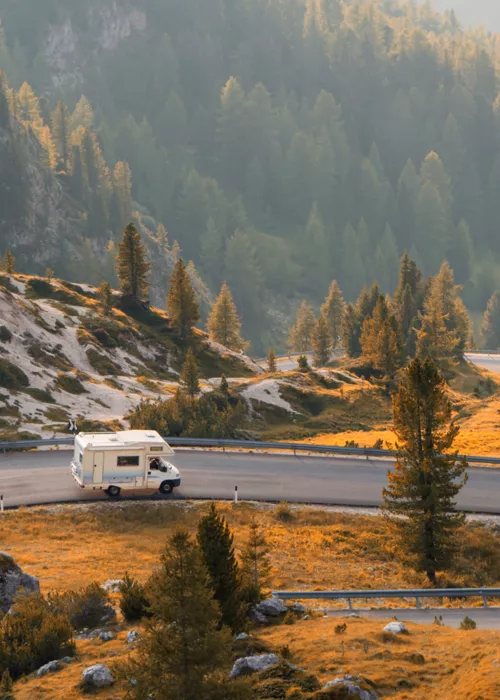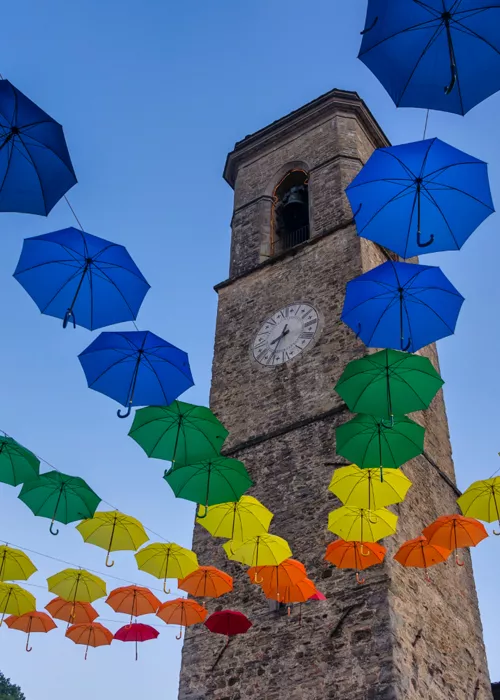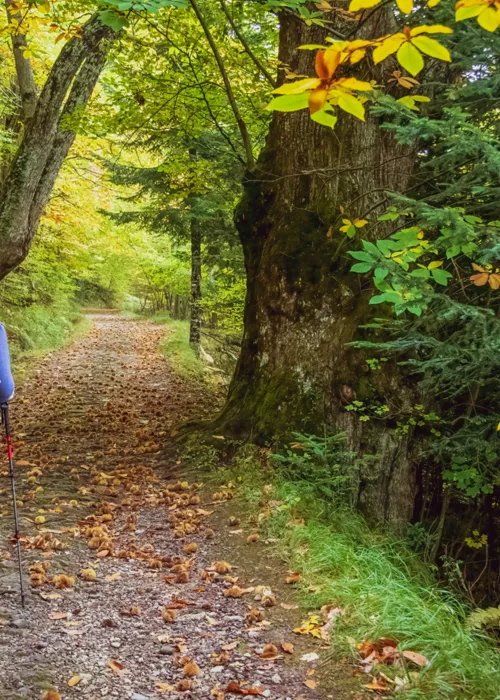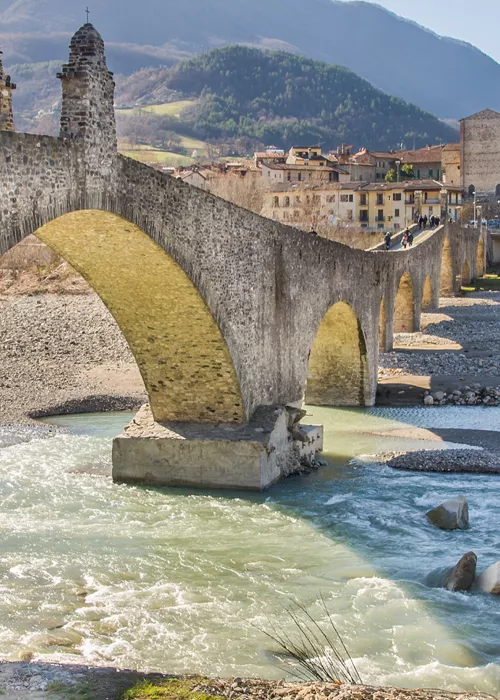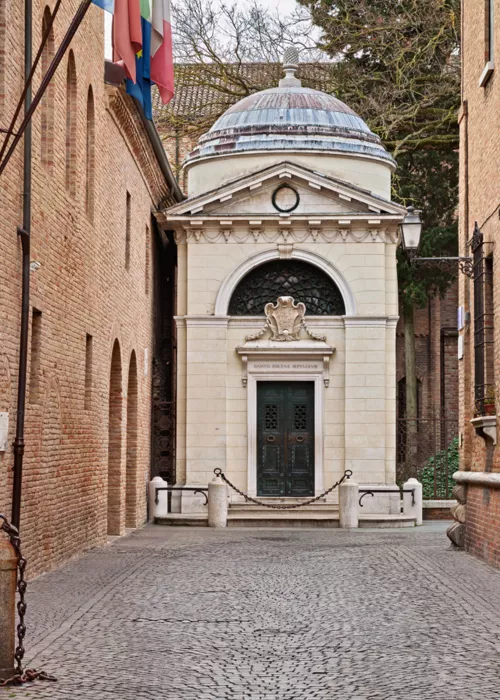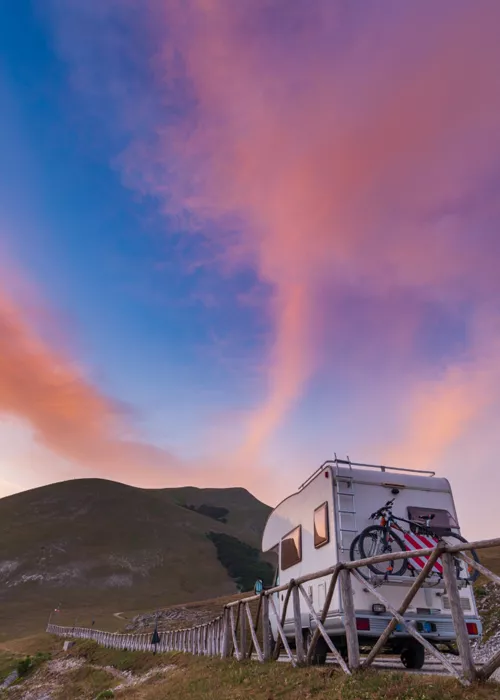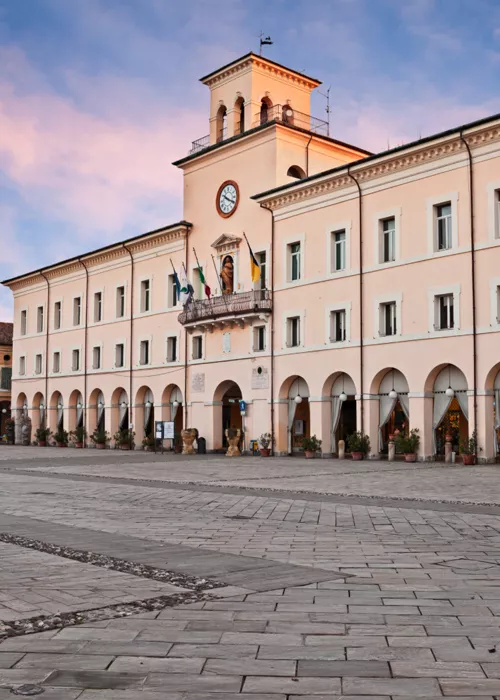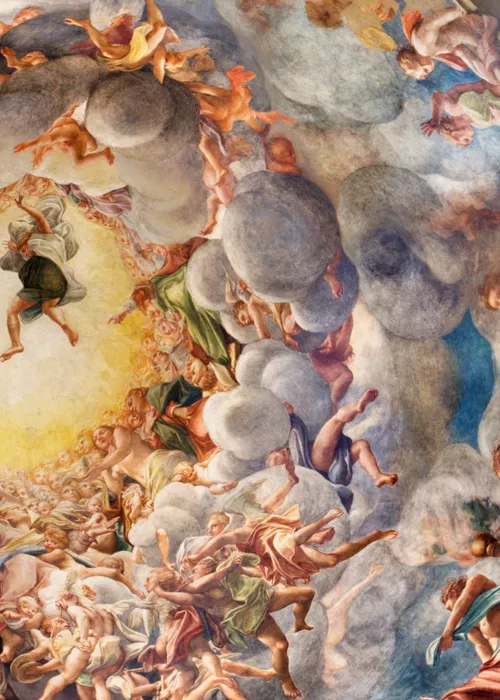Rimini: in the footsteps of Fellini among art, history and the sea

Leaving the Salt Route off the coast of Rimini, you can reach the Marina through the ancient canal port, which allows boats to enter safely whatever the sea conditions. The Marina di Rimini is considered by experts to be one of the most prestigious and advanced tourist ports in the Mediterranean. With 622 berths and over 100,000 square metres of water, it is the new jewel of the Adriatic, attracting sailing and yachting enthusiasts. Just a few steps from the end of the golden sandy coast, in the shadow of Rimini's Ferris wheel, you can reach the cycle path by taking the comfortable ferry at the foot of the sea. Then head towards the historic centre and in a few minutes you will reach Borgo San Giuliano, a former fishing village famous for its painted houses and murals celebrating Federico Fellini's cinema and Rimini's maritime traditions. This area offers a wide choice of bars and restaurants where you can taste typical Rimini dishes. If you have a few more days to spare, we recommend that you continue towards the Ponte Tiberio to visit the historic centre of Rimini, which can be reached by crossing the Ponte Tiberio, where Piazza Cavour is located, the "living room" of the city, with the historic Fontana della Pigna and important medieval buildings such as the Teatro Amintore Galli and the Palazzo dell'Arengo e del Podestà, now used for art exhibitions. Not far away are other architectural jewels such as the Tempio Malatestiano, the Domus del Chirurgo with its extraordinary Roman mosaics, and Castel Sismondo, which houses the Fellini Museum dedicated to the great director from Rimini. Not forgetting the Arch of Augustus, symbol of Rimini's ancient greatness and the oldest Roman arch in Italy, which marks the historic entrance to the city along the Decumano Maximo. A few steps from the historic centre of Rimini, the cycle path begins, running along the Marecchia river towards Santarcangelo di Roma.
From Rimini to Santarcangelo di Romagna, the cycle path along the river immersed in nature

The second stage of the cycling itinerary along the banks of the Marecchia river offers an immersive experience in an enchanting natural setting. Following the course of the river, you arrive in the heart of Santarcangelo di Romagna, a historical village with a fascinating medieval structure and rich cultural traditions. The central Piazza Ganganelli is home to an imposing attraction: the great triumphal arch, erected in 1777 in honour of Pope Clement XIV (Ganganelli 1705-1774), which rises majestically on the horizon. Among the other wonders of Santarcangelo di Romagna are the Campanone Tower, the suggestive Cervese Gate, the charming atmosphere of Piazza delle Monache, the elegance of the Collegiata and the spirituality of the Pieve di San Michele. Finally, a visit to the MUSAS Historical Archaeological Museum which houses a rich artistic and cultural heritage, a unique testimony to the history of the territory of Santarcangelo and its community, is not to be missed. Equally important is the MET - Ethnographic Museum of the Uses and Customs of the People of Romagna, dedicated to local traditions and cultural identity, offering a valuable perspective on the life and customs of its inhabitants. On the way to Sant'Arcangelo di Romagna, you can stop at Mutonia, an artistic park located in the industrial area of the city and a living example of how art can transform abandoned places into spaces of creativity and inspiration. This unique space, famous for its sculptures made of recycled metal and works of art created by international street artists, offers an alternative and fascinating cultural experience.
The ancient village of Verucchio

Get back on the saddle and continue cycling towards Verucchio, a charming village steeped in history and culture. It is one of the "most beautiful villages in Italy" and has been awarded the orange flag by the Italian Touring Club. Its dual nature as the cradle of the Malatesta family and, a few centuries earlier, the centre of Villanovan civilisation, is told by the rich heritage of historical buildings present, such as the majestic Malatesta Fortress an epic testimony of the ruling power that dominates the surrounding landscape, and the Romanesque parish church of the 10th century, an architectural jewel that presents itself discreetly but contains timeless treasures. Important Villanovan artefacts are kept in the Civic Archaeological Museum. In the picturesque hamlet of Villa Verucchio, the Franciscan Monastery offers an intense sense of peace, beauty and spirituality. Legend has it that the giant cypress tree in the cloister miraculously grew from a stick planted by St Francis, transforming itself into a living symbol of faith and devotion. The village is also famous for its Verucchio Music Festival, which fills the streets with sounds and performances, making the atmosphere particularly lively during the summer.






